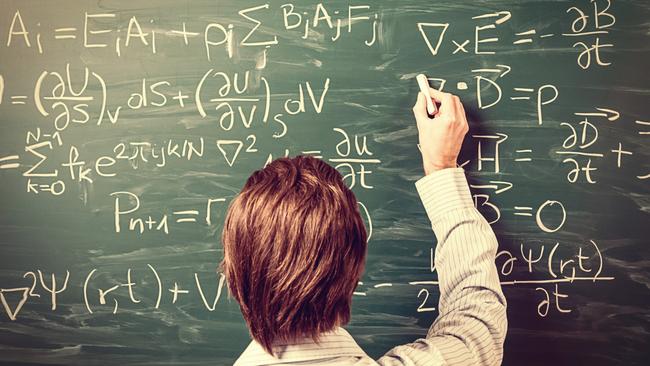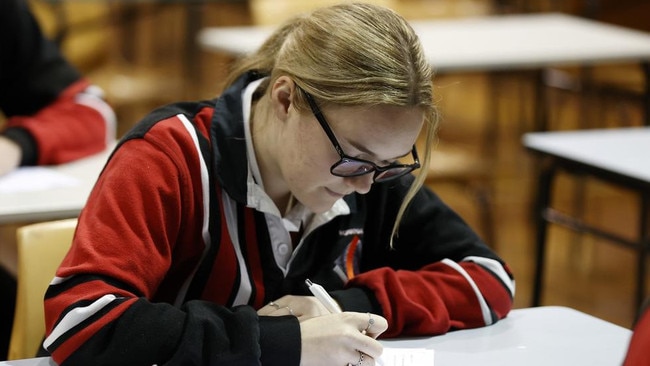SACE 2023: Expert guide to the written Physics Examination
There is a crucial task every physics student must complete before they take the SACE written examination next week, explains an expert tutor.

Education
Don't miss out on the headlines from Education. Followed categories will be added to My News.
Joe Metcalfe is a senior maths and physics tutor at Tutors SA Using his prior knowledge combined with his tutoring experience he goes through the common downfalls and mistakes that cost students valuable marks in the SACE physics exam.
Unlike the mathematics exams, physics students will not have access to their own personalised “cheat-sheet” but instead are given a formula sheet that should look familiar to those provided during the three SATs.
It is crucial that students study this formula sheet prior to the examination and ensure they understand the meaning of all provided formulae – and for what scenarios/questions they would use each one.
The sheet contains details of important symbols, constants, and prefixes. Understanding these will be equally important to answering most of the examination questions.
Every year, physics students fall into the same mistakes which cost them valuable marks. Most of the time, these mistakes are things that can be easily avoided.
The most common mistakes are:
ROUNDING final answers to incorrect significant figures.
WRITING final answers with incorrect (or no) units.
NOT converting given quantities to S.I. units.
NOT using exact answers in multi-part questions which can lead to high degrees of error in subsequent answers.
Furthermore, a common mistake each year is the incorrect rearrangement of standard formulae, so take your time with these and ensure you have performed the correct algebraic operations.

Every year, there are a large quantity of students who fail to properly convert (or forget to convert) between electronvolts and Joules.
When deriving equations, always start with a sentence or two describing the scenario and any important variables/equations you will be using (this is a very common lost mark).
When drawing any electric/magnetic field lines, make note of the following:
HAVE you used a pencil?
DO any of the field lines touch? They shouldn’t!
ARE the lines denser where the field is strongest?
ARE the lines straight or curved when they need to be straight or curved?

The question type that yields the most errors is the practical question. Here are a few things to keep in mind when approaching these questions:
Hypothesis: Clearly state what type of relationship you think will connect the independent and dependent variables (directly, inversely, squared, square root etc.)
Data: Use S.I. units for all variables
Graph: Choose a sensible scale that can effectively show the variable relationship (and use a pencil!)
Straight-line: NEVER force the straight line to pass through the origin. You should be able to discuss a systematic error in all practical questions, and an incorrect vertical intercept is evidence of this.
Errors: Remember the golden rules … random errors affect precision, systematic errors affect accuracy.
Oh, and one final thing, make sure your calculator is set to degrees not radians (I’m looking at you, mathematical methods and specialist students)!
Joe Metcalfe is a primary and secondary mathematics and physics tutor, as well as the curriculum development coordinator with the leading Adelaide tuition institute Tutors SA. He holds a Bachelor of Mathematical and Computer Sciences (majoring in mathematical science) from the University of Adelaide.


